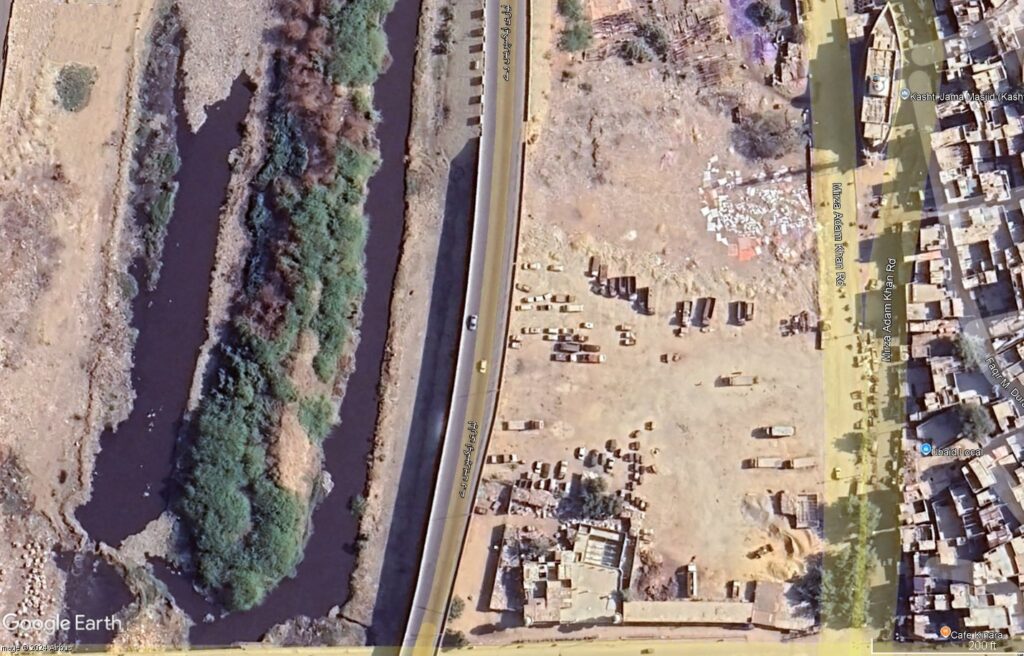Bringing Back the Ghost
Adaptive Reuse of Pakistan’s Abandoned Typology
Classrooms stand empty, floors fill with rubble, and any remaining, forgotten books in the shelves gather dust. This is a widespread phenomenon in Pakistan – ghost schools; structures where students and teachers alike decided, one day, to never return. In Karachi alone, circa 2013, over 100 schools were ghost schools, with a handful on their way there given poor infrastructure and load shedding. During COVID lockdowns, this number reached higher. Students who dropped out during COVID did not necessarily return once lockdown was over. Education is a necessary right for all, and the SDG 4, Quality Education, as well as SDG 5, Gender Equality, are some of the SDGs that Pakistan has been officially working towards. These ghost schools, their causes (poor infrastructure), their current states (sites of criminal activity and squatting), and their consequences (lack of decent work and economic growth – among other SDGs), greatly affect how productive, cohesive, and healthy Pakistani society is, and can be, as a whole.
What I envision, through not only the sort of regeneration of empty, abandoned land as I exercised in the previous post, but additionally through an organically grown new system, through a network of hubs of socioeconomic and educational activity, connected via public transport routes linked to one another, is a version of Pakistan that fulfils the potentials it has, by putting these ghost schools to work – in ways perhaps a bit more diverse than originally intended than when these schools were first constructed.
